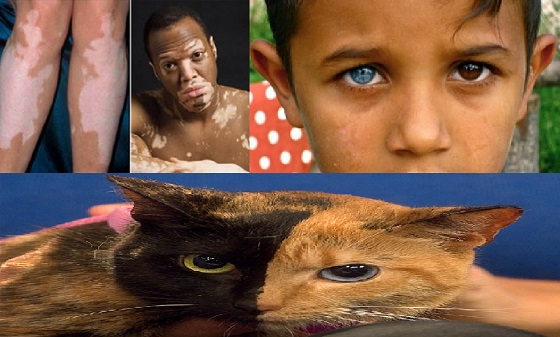

The NIH further elaborates on the potential for this kind of research in an FAQ page on human-animal chimera research. They allow researchers to experiment on human cells inside a living organism. That’s where human-animal chimeras come in. For example, a mouse’s immune system may be similar to a human’s, but it’s not exactly the same, so very few drug treatments developed in these rodents end up working in people. Along the same lines, experiments conducted on human cells grown in a culture don’t always reflect how those same cells might function inside the body. However, research on other animals doesn’t always translate to humans.

This is because there are many experiments that researchers cannot conduct on humans for ethical reasons. Other use them as a stepping stone, or model organisms, for understanding human biology. Some researchers are interested in the biology of these particular animals. In order to understand why the NIH has changed its policies on human-animal chimera research over time, it’s important to understand why scientists study these organisms in the first place.Ī great deal of experiments in biology are conducted on non-human animals, from fish to monkeys. The NIH also has proposed to widen the scope of research it supports in this area, though it’s unclear when a final rule will be put in place.

The NIH has funded some research on human-animal chimeras and scientists can obtain funding from non-public sources, which they have. But it wasn’t a complete ban to begin with. The first line of text in the Futurism video says “a ban on human/animal genetic hybrids was just lifted.” This left our reader confused. The headlines of both the Nature and NPR articles state that the NIH had plans to lift a funding “ban” on human-animal chimeras, but it hadn’t yet done so. He also forwarded us three sources of conflicting information: a video posted to Facebook in June by the science news outlet Futurism and articles published in the journal Nature and on NPR’s website in August 2016. One of our readers sent us a question about yet another kind of chimera - one made up of cells from humans and another species - asking whether the “ban” on these organisms has been lifted. In both cases, a single organism is composed of cells that contain different genes. People also can be born chimeras if two fertilized eggs fuse in early development. But there are exceptions.įor example, a once-pregnant woman could be considered a chimera because she can carry her baby’s cells in her body for years, if not for the rest of her life. Within science, the term applies to a much less fantastical organism.Īccording to the Merriam-Webster Medical Dictionary, created in collaboration with the NIH, a “ chimera” is “an individual, organ, or part containing tissue with two or more genetically distinct populations of cells.” Normally, all the cells in an organism’s body contain the same genes. In Greek mythology, a “ chimera” is a fire-breathing creature that’s part-lion, part-goat and part-snake.

I’ve been seeing some news online about the ban on the development of animal/human DNA hybrids has been lifted. But the agency has proposed a rule to widen the scope of research it funds in this area. Q:Does the National Institutes of Health fund research on human-animal chimeras, or organisms that are part-human, part-other animal?Ī:With some exceptions, the NIH doesn’t fund research on human-animal chimeras.


 0 kommentar(er)
0 kommentar(er)
